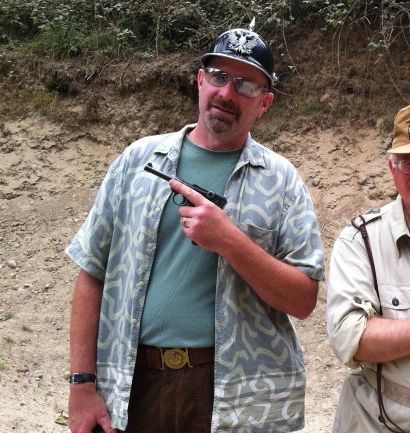Baba Louie
New member
Sad that. Back in 95 I bought a pair of Russian refurb P08s for $250 ea. because of my Dads 1916 he bought from a WWII vet (bringback). His was in excellent shape (still is) but mine... both had BTDT, smooth checkered grips thru use, worn to a frazzle, bore shot mostly smooth in one (thought about rebarrel or relining barrel, but... nah).It didn't live up to all my boyhood dreams, for sure.
I tried one of Mitchells new stainless steel models when they came out... ick.
Just a piece of history in your hands. Nothing more, nothing less. Better handguns exist today for sure.

